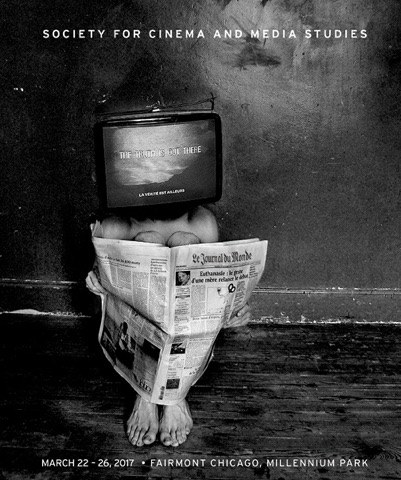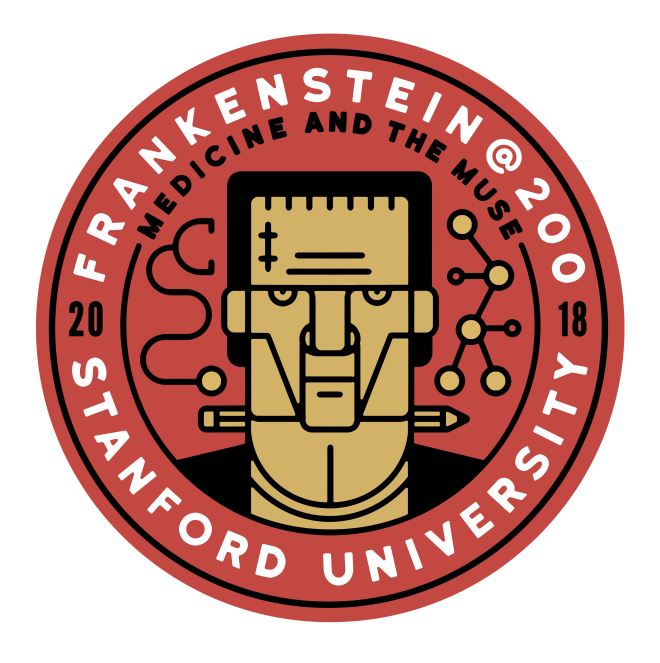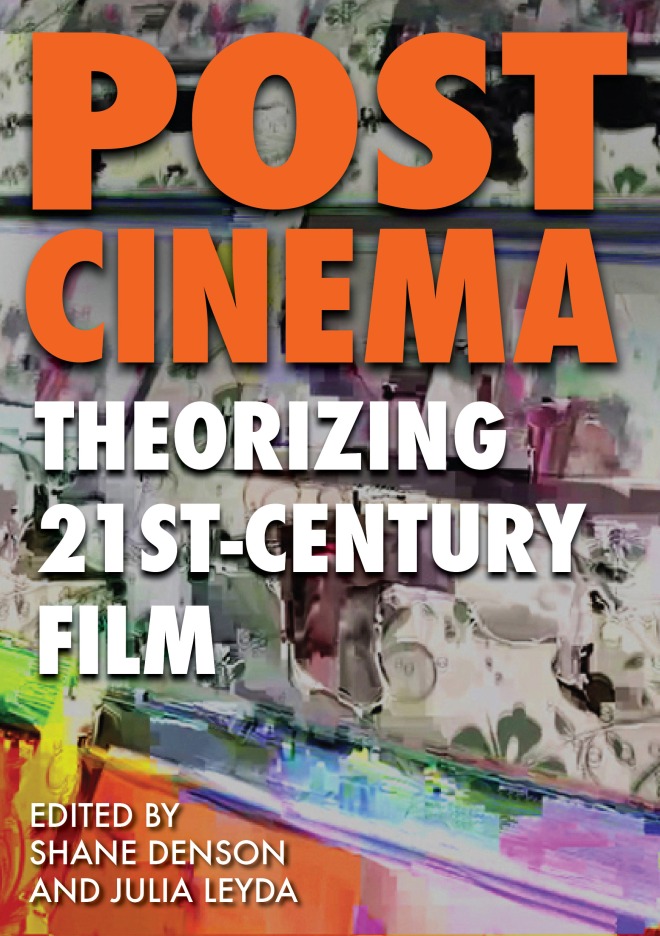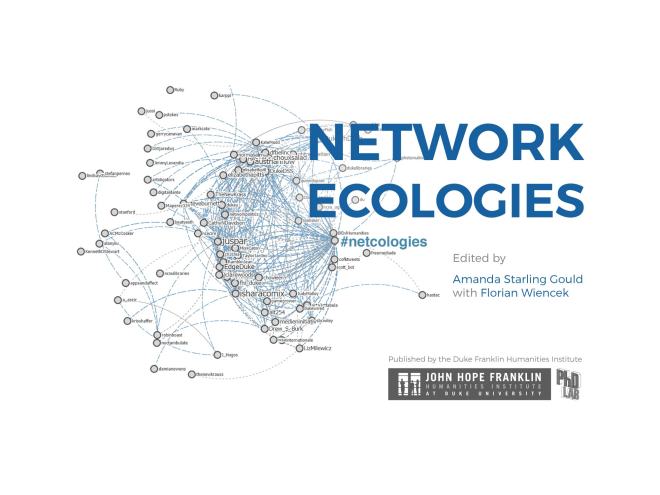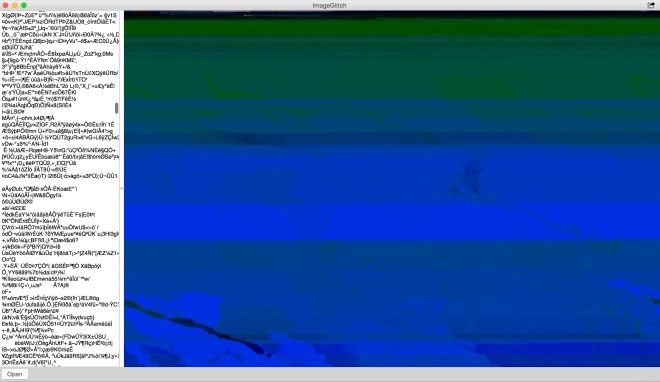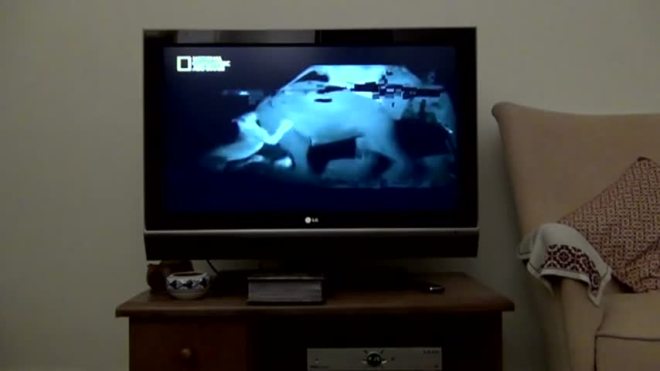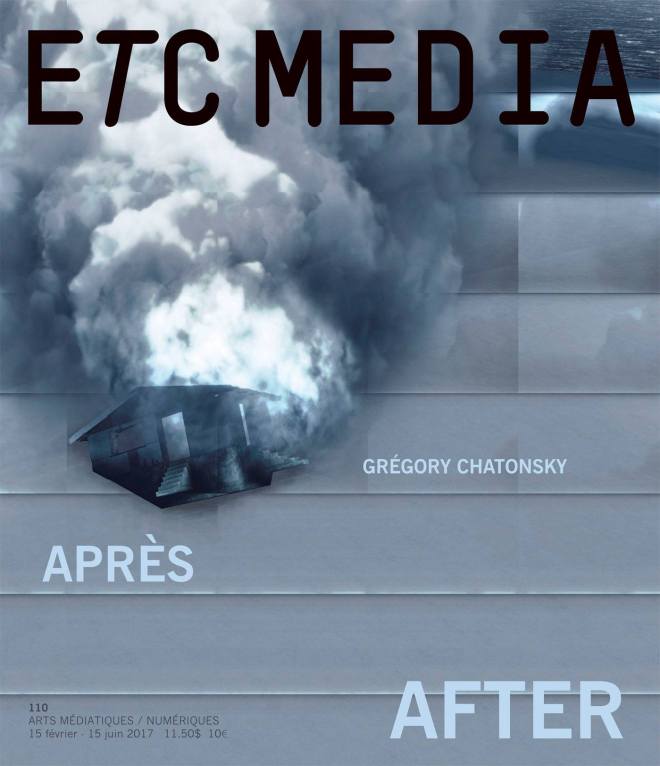
I am proud to have a piece on “Pre-Sponsive Gestures” and the work of French media artist Grégory Chatonsky included in the new issue of the Montreal-based ETC Media. Looks like a great issue, and happy to be in such good company!
CURRENT ISSUE // 110
GRÉGORY CHATONSKY: APRÈS LE RÉSEAU / AFTER THE NETWORKIssue 110 of ETC MEDIA is dedicated to Grégory Chatonsky, who has curated the form and content of this special issue. A Montreal resident for the last ten years, the artist is a pioneer of net art, founding Incident.net in 1994, and an unflagging explorer of the relationships between technology and anonymous existence. In this issue, the artist and a few other friends, artists, philosophers, art historians, and art critics reconsider the last two decades of experimentation, a time in which the world drastically changed through the widespread use of the Internet to reach a digital omnipresence that heralds a near extinction. Divided into 3 sections—“infinitude,” “hyperproduction,” “without ourselves”—ETC MEDIA becomes a platform for navigating in our era and gaining a better understanding of a future whose portents remain deeply ambivalent—promising and threatening all at once. Rather than being reduced to trendy notions often misunderstood by the contemporary art milieu, the concepts of post-digital, accelerationism, and speculative materialism constellate a world in the process of perishing and being born.
Collaborators
Grégory Chatonsky
Eve K. Tremblay
Pau Waelder
Bertrand Gervais and Arnaud Regnauld
Shane Denson
DeForrest Brown Jr.
Goliath Dyèvre
Pierre Cassou-Noguès
Erik Bordeleau
Nora N. Khan
Dylan Trigg
Pierre-Alexandre Fradet
Jussi Parikka
